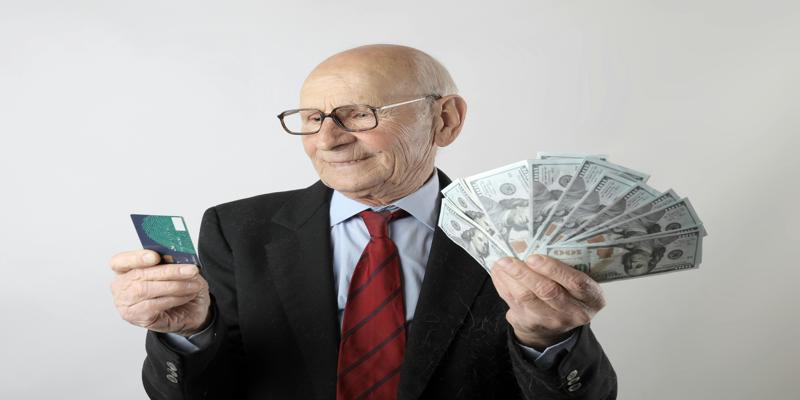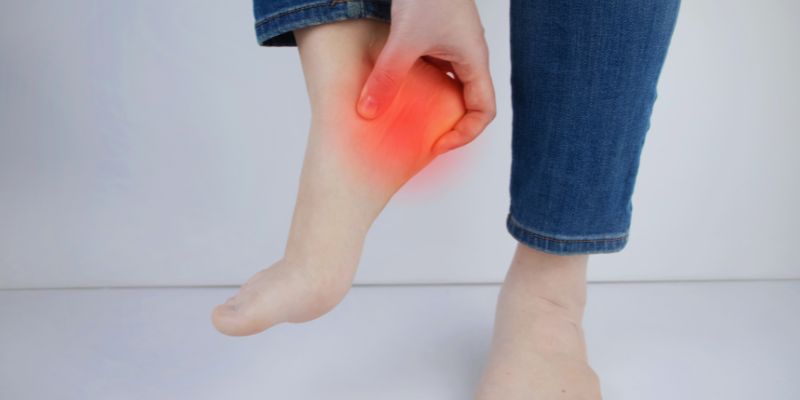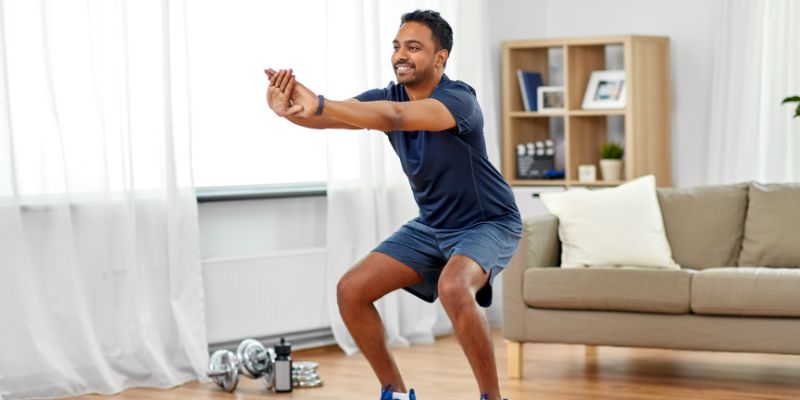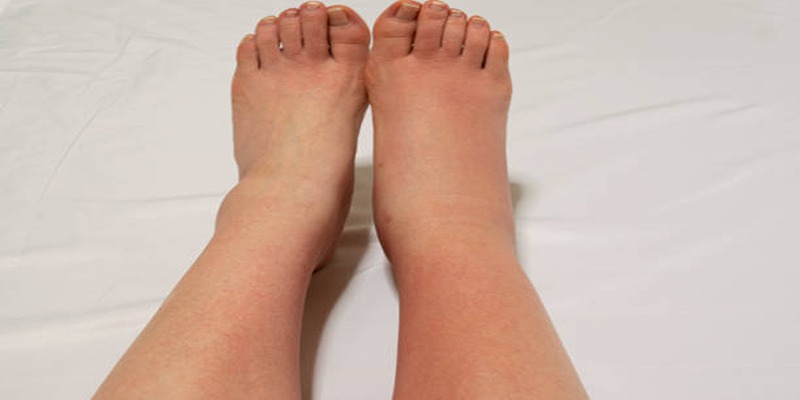Effective Treatment Options for Sever's Disease: A Comprehensive Guide
Sever's disease—calcaneal apophysitis—is a prevalent cause of heel pain in developing youngsters, particularly among athletes. Usually, during fast development, it results from inflammation of the growth plate in the heels brought on by repeated stress or misuse. Youngsters engaged in sprinting, jumping, or high-impact activities are more likely to acquire this disorder.
Sever's illness can be uncomfortable, but it is often transient and can be controlled with appropriate therapy choices. Rest, physical therapy, stretching exercises, and lifestyle changes are among the several treatment approaches for Sever's disease, and this thorough guide will discuss them. With early intervention and appropriate treatment, most youngsters can recover and resume their activities without long-term problems.
Effective Treatment Options for Sever's Disease
Here are some of the effective treatment options for Sever disease:
Rest and Activity Modification:
Giving the afflicted foot enough rest is paramount in treating Sever's disease. The inflammation of the growth plate is mostly caused by overuse; hence, cutting high-impact activities might help alleviate it. In sports requiring running, jumping, or foot pressure that is too strong, the foot pressure must be temporarily stopped or limited. Choose low-impact sports, like swimming or cycling, which spare the heel from tension. Giving the youngster time to relax will assist in lowering inflammation and enable the body to recuperate. The youngster should avoid engaging in activities that aggravate the pain throughout this period. Resting does not entail, however, total idleness. Mild workouts free of heel stress will also help with healing. See a healthcare professional to determine the degree of activity and how best to return to regular sports or physical exercise.
Ice Therapy and Heat Treatments:
One of the best techniques to lower swelling and numb the discomfort related to Sever's disease is ice treatment. Many times a day, an ice pack is applied to the heel for at least 20 minutes to reduce pain greatly. Ice acts by restricting blood vessels, therefore lowering inflammation and offering painkillers. To avoid direct skin contact and, thus, frostbite, be sure the ice pack is wrapped in a towel or cloth. While heat treatments are not usually advised during acute inflammation, they can be helpful when the first swelling has subsided. Heat improves blood circulation and helps muscles relax, therefore facilitating healing. A heating pad can relieve tension and encourage comfort. Still, always consult the doctor on when to apply heat treatment for best results.
Stretching and Strengthening Exercises:
Sever's disease can be treated well using calf, Achilles tendon, and hamstring stretching exercises. As it strains the development plate, tightness in these places can cause heel pain. Frequent lower leg muscle stretches help to release tension and alleviate pressure on the heels. Apart from stretching, one should also engage in strengthening activities. By strengthening the muscles around the ankle and foot, one can improve support and lower strain on the heel. Simple workouts such as resistance band exercises, ankle circles, and toe raises increase muscle strength and flexibility. Exercises should be done under the direction of a medical practitioner to prevent aggravation of the ailment. By creating a tailored exercise program, a physical therapist can ensure your child's legs and feet are correctly stretched and strengthened. That promotes speedier healing and helps stop the problem from resurfacing.
Footwear Adjustments:
Sever's disease can be managed in great part by appropriate shoes. Good arch support, cushioning, and a fit will help ease the heel strain and offer additional comfort from shoes. Steer clear of shoes that either lack appropriate support or are very tight or too loose since they aggravate the issue. Designed especially for children's foot development, athletic shoes can distribute pressure equally throughout the foot and lessen heel discomfort. A doctor may occasionally advise custom orthotic insoles. These insoles are meant to give extra cushioning and support, therefore correctly aligning the feet to lessen stress on the growth plate. Though they can also be useful, over-the-counter insoles should be selected according to the child's requirements. Check that the shoes fit correctly and give enough support to prevent future problems when returning to regular activities.
Physical Therapy:
Managing Sever's disease mostly depends on physical therapy, particularly for young people engaged in sports or other physically demanding activities. Examining the child's particular needs, a physical therapist can create a customized treatment plan, including stretches, strengthening exercises, and ways to increase flexibility. Physical therapy can also address biomechanical problems, such as overpronation or poor posture, supporting Sever's disease development. Therapists will also teach kids proper workout techniques to prevent injury and enhance results. Frequent therapy visits can help with rehabilitation, pain management, and future heel pain prevention. Children undergoing physical therapy could also learn how to control their condition, avoid aggravating activities, and include preventative measures in their regular schedules.
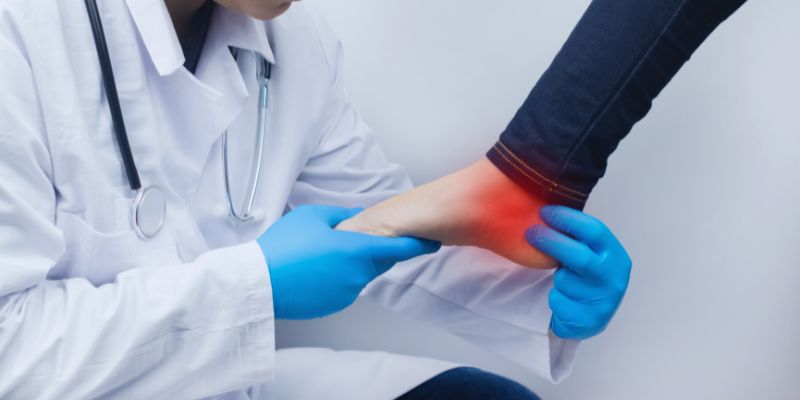
Anti-Inflammatory Medications:
Naproxen or ibuprofen can help to lower the discomfort and inflammation associated with severe disease. These medicines prevent the generation of prostaglandins, substances in the body that aggravate inflammation. NSAIDs offer temporary respite so the youngster may relax and heal more cozily. These medicines should, however, be taken under the direction of a healthcare professional as, over time, they might have negative effects. It is also crucial to ensure the child is not overusing the medication and following the advised dosage. NSAIDs should be included in a general treatment plan rather than being taken as a long-term fix. If the pain continues after NSAID use, a doctor may advise alternative therapies or look at underlying diseases, aggravating the discomfort.
Conclusion:
Treating Sever's disease requires appropriate shoes, rest, and focused exercise. Anti-inflammatory medicines and ice treatment can help control swelling and pain throughout recovery. Physical therapy is critical for restoring strength and flexibility to the impacted foot and lowering the likelihood of recurrence. Most youngsters heal completely and resume their usual activities with the right care and proactive attitude. Long-term success depends on early intervention, which also helps to prevent other issues connected to this prevalent pediatric disease.


